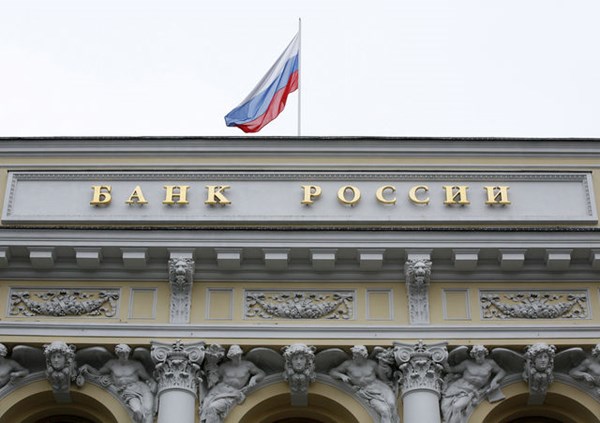Russia’s Central Bank predicts sanctions and stagnation
Over the next three years, the rate of economic growth in Russia will be half of the world average, and sanctions from western countries will persist, restricting the flow of foreign capital, without which it will be necessary to rely solely on internal resources.
These were Russia’s Central Bank’s (CB) assumptions in the projection of the “Primary areas of development of the financial market” until 2020.
No significant acceleration of the Russian economy is foreseen. The CB predicts that the GDP growth will be limited to 1.5-2% per year, as it is at present.
This is only half as much as the average growth of the world economy (3.8%), and 3.5 times less than the figure for China (6.6%), 1.5-2 times less than the growth of developed countries (US – 2.9%, Germany – 2.5%, Spain – 2.8%) and even of former Soviet states (Ukraine – 3.1%, Kazakhstan – 3.2%, Estonia – 3.9%, Latvia – 4%, Georgia – 4.5%).
The economic growth is restricted by the demographic situation, the CB explains: the population is aging, and the proportion of pensioners is growing. This creates a threat to the pension system, and the absence of a developed pension fund system and insurance companies in the country “limits the economy’s opportunities to transform savings into the long-term investments which are desperately needed for sustained growth”.
“The influx of foreign investments has significantly slowed down in recent years, due to the restriction of access to foreign markets,” the CB stated, adding that sanctions could remain in force for the next three years.
As a result, “access to foreign sources may be limited,” and it will be necessary to rely on “the development of internal financing sources”.
These sources are modest: the stagnation of the economy constrains the opportunities for economic subjects to save, which is the basis of investments.
Credit resources also remain relatively expensive: the transition to a neutral monetary policy, which ended in a drop in interest rates, “will be concluded in 2018”.
Both geopolitical risks and the risks related to a tightening of monetary policy in developed economies are growing: they could lead to “a change of the extent, structure and direction of capital between developed and developing markets, as well as episodes of increased volatility,” the regulator warns.
Under these circumstances, it will be necessary to seek out “alternative channels for the long-term financing of Russian companies” from former Soviet states and BRICS countries.
The long term goal of the Eurasian Economic Union is “to form a unified payment space”, the CB’s projection states: an independent system for transmitting financial communication, similar to SWIFT, based on distributed register systems, quick payment systems, and the cooperation of national card payment systems.
